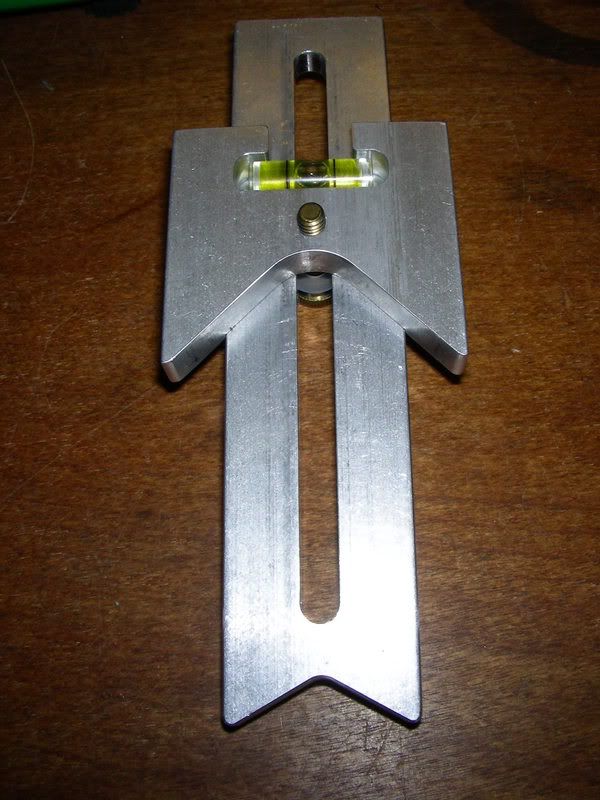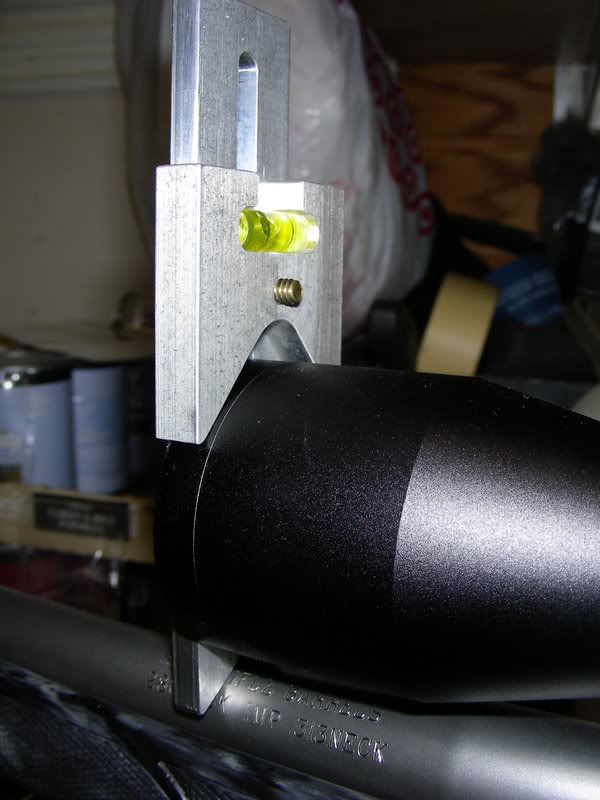andrewctillman
Beginner
- Feb 6, 2013
- 225
- 1
I have a very accurate Remington 40 x and am re-installling a Leupold Mk4 10 X target scope w 30mm rings. the rings have a 1/2 inch hex nut on left side. They unscrewed without alot of tension on socket set wrench.
What sort of protocol do you guys use for mounting a precision optic on the bases? this is a two piece set of rings, not a single mount, so how do I insure it is mounted in line w the bore and not canted to left or right?
I have automotive torque wrench but nothing more sophisticated than that.
Advice appreciated.
What sort of protocol do you guys use for mounting a precision optic on the bases? this is a two piece set of rings, not a single mount, so how do I insure it is mounted in line w the bore and not canted to left or right?
I have automotive torque wrench but nothing more sophisticated than that.
Advice appreciated.






